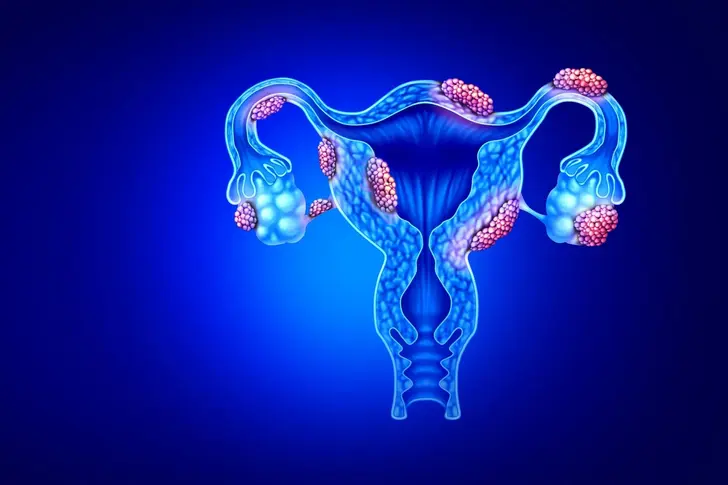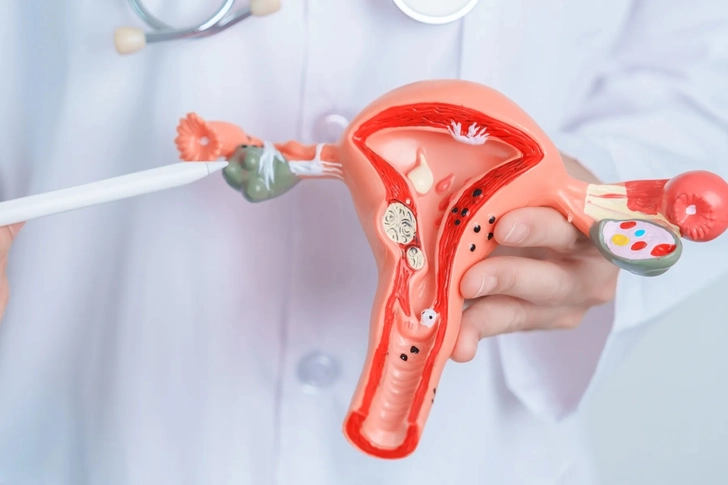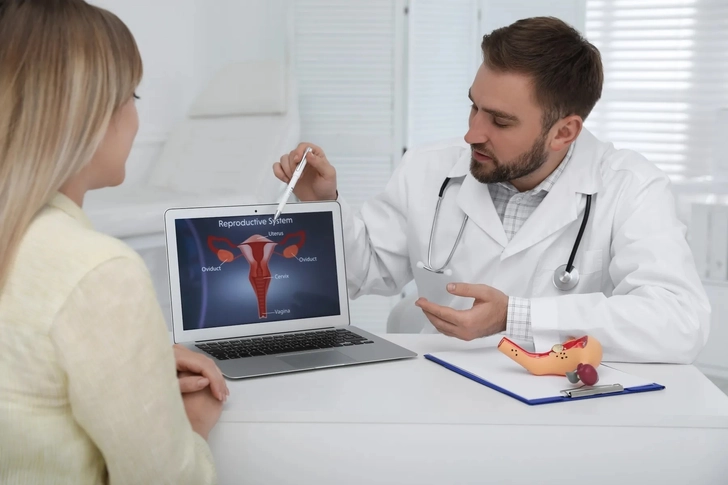Endometriosis Surgery: What You Need to Know


Endometriosis Surgery
Endometriosis is a painful condition that impacts many people. It happens when tissue that's similar to your uterine lining grows outside of your uterus. In severe cases, your doctor may recommend surgery to relieve symptoms and improve your quality of life.

When Is Surgery Necessary?
Surgery is usually a last resort for endometriosis and typically is only recommended if medication and other treatments haven't helped. Your doctor may also suggest surgery if you have severe pelvic pain, a hard time getting pregnant, or a growth that needs to be removed.

What Is a Laparoscopy?
Laparoscopy is the most common type of endometriosis surgery and can be a diagnosing tool as well as a treatment method. For this procedure, the doctor makes a small cut in your belly and puts in a thin tube with a camera and light attached (laparoscope) to view and remove endometriosis tissue. It's minimally invasive (which means it uses a smaller cut), is done under general anesthesia, and has a shorter recovery time than other surgeries. It could take from 30 minutes to 6 hours, depending on how severe your case is.

What Is a Laparotomy?
In more severe cases of endometriosis, your doctor may recommend a laparotomy. This procedure requires a larger cut in the belly to remove endometriosis tissue. While it's a major surgery with a longer recovery time, it may be necessary for cases that can't be resolved with a laparoscopy. You’ll probably have to stay in the hospital for at least one night.

What Is a Hysterectomy?
In some cases, your doctor may decide a hysterectomy (removal of the uterus) is the best solution. They can do it through a laparoscopy or laparotomy, and may also remove your ovaries and fallopian tubes. It's usually a last-resort option and only recommended if symptoms don't improve with other treatments.

What Is Recovery Like?
While recovery time may vary depending on the procedure, you can generally expect to have some pain or discomfort for a few days or weeks. You may also need to limit or avoid certain activities, like exercise and sex, to allow your body to heal.

What Are the Risks?
While complications from endometriosis surgery are rare, there are potential risks, such as infection, nerve or organ damage, and bleeding. Your doctor will discuss the risk factors before your procedure and take steps to make complications less likely to happen.

Outlook for Endometriosis Surgery
Although most women get relief from endometriosis symptoms after surgery, it isn't a permanent cure for the condition. Symptoms may return after a few years, especially if they were severe. Support from loved ones and your health care team is critical to ensure your treatment’s success. Your doctor can also provide resources and support for living with endometriosis after surgery. If your endometriosis is severe, surgery can be life-changing. Research and discuss your options with your health care team if you're considering or preparing for endometriosis surgery.
IMAGES PROVIDED BY:
1) Shutterstock
2) Shutterstock
3) Shutterstock
4) iStock/Getty Images
5) Shannon Fagan/Getty Images
6) Shutterstock
7) Shutterstock
8) Shutterstock
SOURCES:
Mayo Clinic: “Endometriosis – Treatment.”
National Institutes of Health: “What are the treatments for endometriosis?”
UpToDate: “Patient education: Endometriosis (Beyond the Basics),” “Endometriosis: Surgical management of pelvic pain.”
Endometriosis.org: “Surgery,” “Laparoscopy: Before and after tips,” “Hysterectomy.”
Cleveland Clinic: “Surgical Treatment for Endometriosis.”
Mount Sinai Hospital: “Exploratory Laparotomy.”
American College of Obstetricians and Gynecologists: “FAQ: Endometriosis,” “FAQ: Laparoscopy.”
Victoria State Government Better Health Channel: “Laparotomy.”
NYU Langone Health: “Surgical Treatment for Endometriosis.”
Johns Hopkins Medicine: “Hysterectomy.”
University College London Hospitals: “Surgical treatment for endometriosis.”